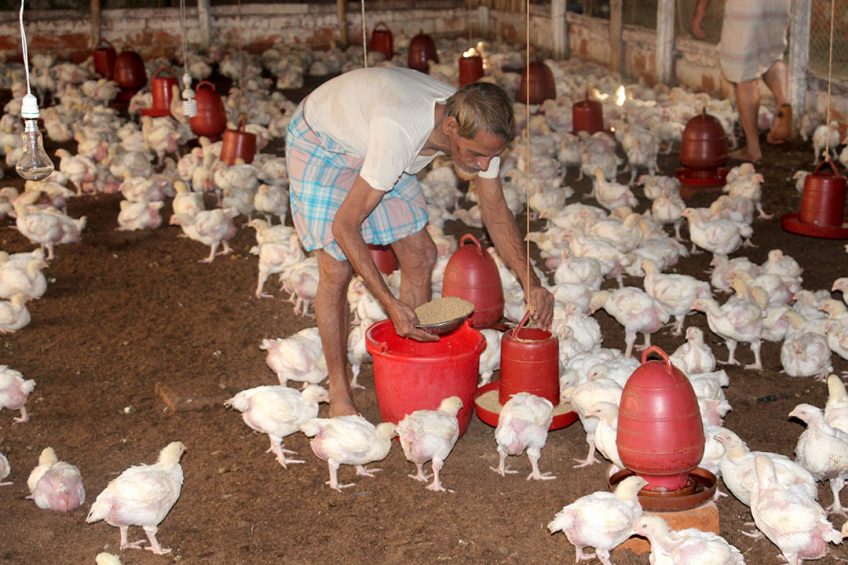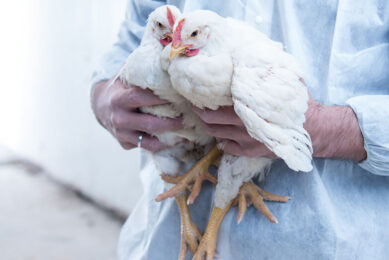Sharing poultry production best practices in Bangladesh

Voluntary organisation PUM Netherlands senior experts (PUM) in The Hague operates in about 30 developing countries around the world. One of the volunteers is former Poultry World editor Ad Bal. He visited Bangladesh last November to discover the best way PUM can offer advice there. He also gave advice to 5 smaller poultry companies.
Bangladesh, with 170 million people, was one of the poorest countries in Asia for a long time. However, the tide seems to be turning. In recent years the country’s economy has gown by 6% annually. The disposable income of the average Bangladeshi has therefore increased and the middle class is expanding. As a result more people have access to meat in general, and chicken in particular. Chicken is inexpensive and relatively easy to produce. The Bangladeshi population is also mostly Muslim, another reason why prospects for the poultry sector are favourable.
Poultrymeat (which includes turkey, duck and other feathered animals) makes up about 90% of the total meat consumption in Bangladesh.
Production ranges from a number of large and very professional integrations to a few medium-sized ones and many small companies. The situation could be compared with a pyramid, with some large companies at the top. These being the Paragon Group, Kazi, Nahar, ACC, CP, Aftab and Nourish. Together, they account for 70% of the total poultrymeat production in Bangladesh. They are completely integrated with their own GPS and PS companies, hatcheries, feed plants, slaughterhouses, etc. They also often supply under their own label.
Following these is a group of medium-sized companies and many small ones below them, about 65,000 in total. They make up the bottom of the pyramid. They actually carry the larger companies.
In addition to the integrated production, the large companies supply day-old chicks and feed to the smaller ones. Sometimes they also supply antibiotics and cleaning agents. This means that the large companies are to some extent dependent on the smaller companies. The smaller ones are certainly not as professional, however.
Especially in the areas of biosecurity and waste management they lag far behind which, in turn, is a risk for their larger counterparts. Selling live chicken and eggs in the streets and on wet markets does not help. In short, there is plenty to do to raise the general level of professionalism in the Bangladeshi poultry sector.
This photo report shows both modern and very traditional companies.
PUM in BangladeshPUM was established over 40 years ago by the employers’ association VNO-NCW and was mostly funded by the Dutch Ministry of Foreign Affairs. About 2,000 advisors work voluntarily for PUM, among them 30 poultry specialists. Want to know more about PUM? Visit www.pum.nl or download the PUM app (available for iOS and Android). |





















